#ScanPyramids project

CEA Muon Telescope © CEA
CEA telescope consists of 4 Micromegas detector installed in-line. Each captures and amplifies the electrical signal produced when a muon crosses it (from 5 to 10 per second). All recorded signals are transmitted directly to a nano-PC, which processes the raw information in real time and reconstructs the trajectory of each muon (resolution of 200 microns). Then, it communicates the data to the French CEA laboratory via a 3G Internet connection, always in real time.The nano-PC also allows remote control of the telescope, as well as the temperature in the box (important for the behaviour of the gas) and the pressure. The set consumes very little (35 W, the equivalent of a light bulb) And works with a truck battery.
Requirements for the muon telescopes included compactness for transportability as well as low consumption so that they can be operated with solar panels. The miniaturized A7501 modules from CAEN were integrated in a customized HV card supplied by a 12V truck battery. They allowed for a direct monitoring and controlling of the gaseous detectors HV, in particular with an on-line feedback to compensate for temperature effects within the gas. Each of the 3 telescopes used 5 such modules which showed remarkable stability and noise level over the 3 months of acquisition, in spite of the extreme conditions of the Egyptian desert (temperature, dust, etc.).

© Egyptian Ministry of Antiquities, HIP Institute and the Faculty of Engineering (Cairo University)
About CEA
The French Alternative Energies and Atomic Energy Commission (CEA) is a public research organization working in four main areas: defense and security, nuclear and renewable energies, technological research for industry and fundamental research. Building on its recognized expertise, the CEA takes part in implementing cooperation projects with a wide range of academic and industrial partners. With its 16,000 researchers and employees, it is a major player in European research and is also expanding its international presence. More information: www.cea.fr
About #ScanPyramids
#ScanPyramids mission (www.scanpyramids.org) was launched on 25 October 2015 under the authority of the Egyptian Ministry of Antiquities and is led by Faculty of Engineering, Cairo University, and HIP.Institute (www.hip.institute) , Paris (Heritage, Innovation and Preservation Institute). This project aims at scanning, some of the Egyptian Pyramids: Khufu, Khafre, the Bent and the Red Pyramids. #ScanPyramids combines several non-invasive and non-destructive scanning techniques in order to try to detect the presence of any unknown internal structures and cavities in ancient monuments, which may lead to a better understanding of their structure and their construction processes / techniques. This mission is currently using Infrared thermography, muon tomography and 3D reconstruction techniques


